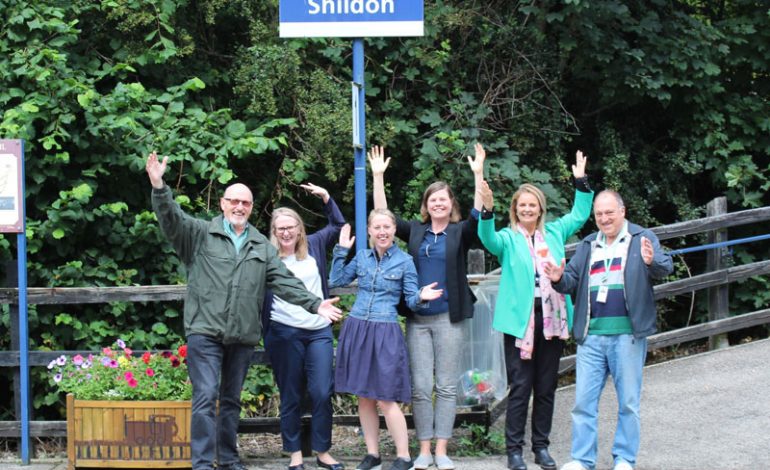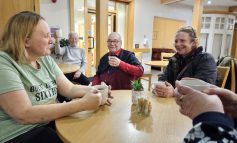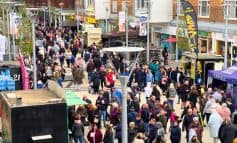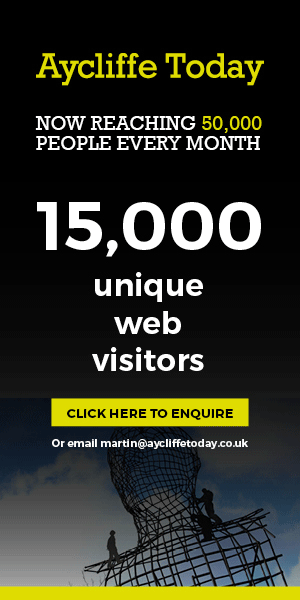Greenfield Arts have secured funding to work with the local community to develop Shildon Station as an artistic gateway to the birthplace of the railways.
‘Shildon in Motion’ is a celebration of Shildon’s rich and significant heritage as the world’s first railway town. This collaboration examines the innovative and extraordinary aspects of Shildon’s past and celebrates the ongoing creativity and ingenuity of Shildon’s people and its future.
The creative and collaborative programme allows designer Nicola Golightly and Greenfield creative director Katy Milne to work with and alongside the community to explore a sense of place and pride in the town, acting as a driver for collective ambitions to be focused towards a common goal.
Funding has been secured through Northern Heartlands. Northern Heartlands is one of sixteen Great Place Schemes in England, funded by National Lottery Heritage Fund and Arts Council England.
Our Great Place is in County Durham and covers Weardale and Teesdale including the market towns of Barnard Castle, Bishop Auckland, Shildon, Crook, Tow Law, and Willington. Northern Heartlands’ mission is to deliver cultural activities that transform people’s understanding of the heritage, landscapes and places they live in, building their confidence and ability to influence policy and decision making.
The project will see Greenfield Arts working with a wide range of organisational partners under the collective of the Bishop Line Community Rail Partnership including Locomotion, Shildon Station Adoption Group (New Shildon Residents Association), Friends of the National Railway Museum (North East Branch), Northern and Shildon Town Council, and alongside Stockton and Darlington Railway, all of whom share the vision of creating something that transforms Shildon station, publicly and visually signposting and showcasing Shildon as a destination of national significance.
Workshop activity will take place in public spaces such as empty shops and Locomotion.
Work that is generated during the project will be shared publicly during the process, encouraging others to add and contribute. Other activity will take place with older people and younger people to share insights and their own sense of place.
The research and development phase of this project will begin in October and November and the artwork will be launched in Spring 2020.








